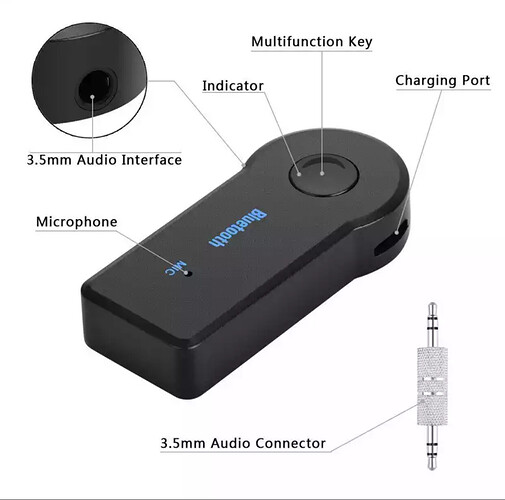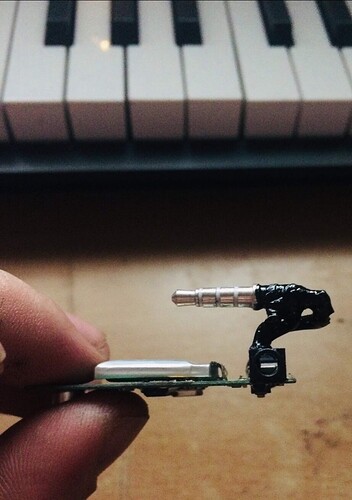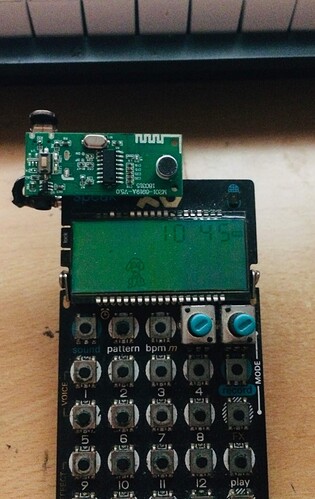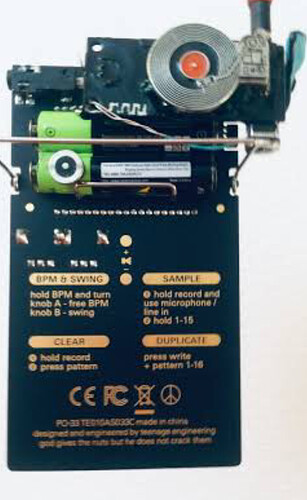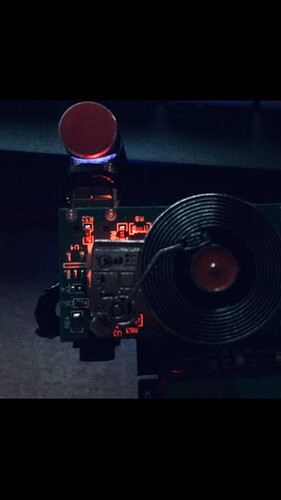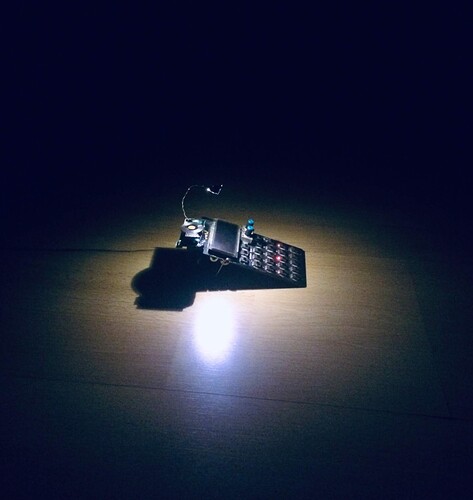i adore this topic 
some time ago i made this module for my po
its bluetooth audio in and illuminating for keypad.
handy because you can use po as a bluetooth , and take samples prom it. illuminating lantern helps in the dark.
i got this unit and took it apart
made it into like a small module that fits po
rotates 180
added some bling and red glow
added a small lamp from christmas lights that can bend with out barking
and this is how it looks in complete dark.
the light is strong. i got inspiration from a mixing table i have seen in the theatre.
